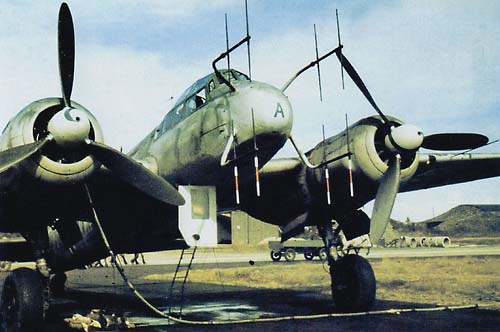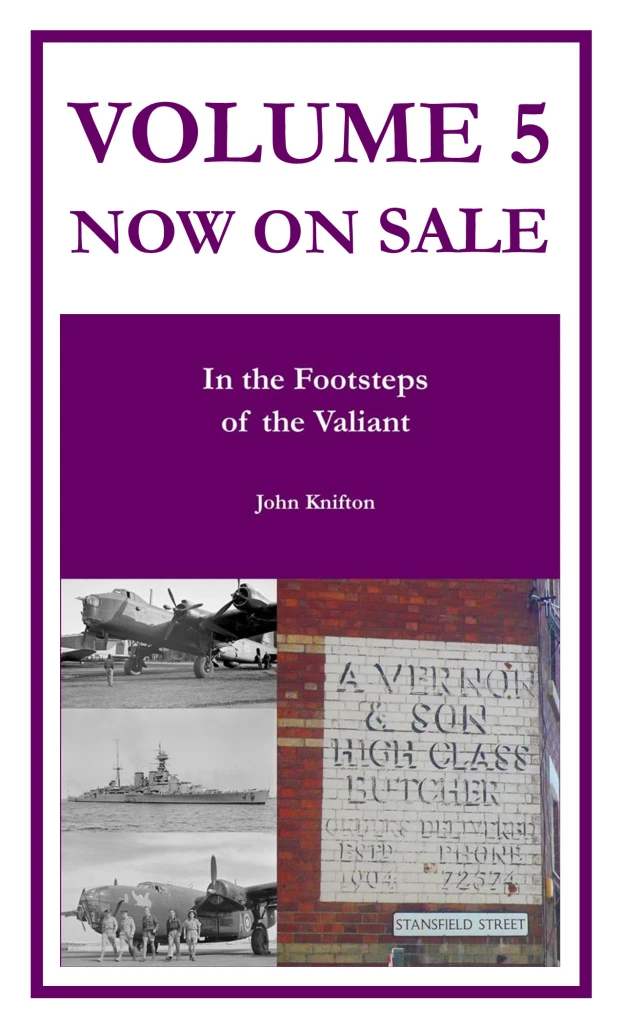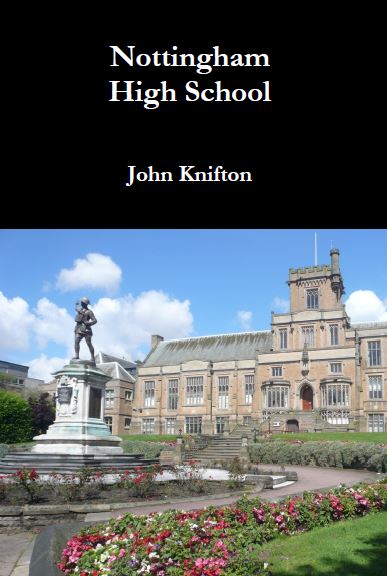Keith Doncaster took off on his last mission with 166 Squadron at 18:12 hours on October 22nd 1943 from RAF Kirmington, 11 miles south west of Grimsby in Lincolnshire. Here’s what RAF Kirmington looks like today:

Keith was in “Z-Zebra”, an Avro Lancaster Mk III with the serial number EE196 and the squadron letters AS-Z . During the course of the war, because of the astonishing levels of bomber losses, nine different aircraft in 166 Squadron were to carry those letters of AS-Z, “Z-Zebra”. That means, over time, 63 different young men as crew, of whom a minimum of 54 would have experienced disaster of some kind, up to, and including, their own deaths.
There were also nine different aircraft for AS-E, “E-Edward”, (63 more young men’s lives risked) and for AS-F, “F-Freddy”, (63 more) and for AS-N, “N-Nuts”, (63 more) and for AS-S, “S-Sugar”, (63 more). Those five different letters, then, E, F, N, S and Z, accounted for 45 Lancaster bombers and 315 young men all put into extreme danger.
In an Avro Lancaster, if the aircraft was shot down, only one man of the seven crew, on average, escaped with his life. That makes 54 young men killed in the nine different aircraft which carried the letter “Z”. And overall, those five different letters, E, F, N, S and Z, accounted for 270 young men, all of them in all probability, killed.
The members of the crew all had a financial value and cost. The Head of Bomber Command was Arthur Harris, aka Bomber Harris, aka Butcher Harris (to his men). Harris always used to reckon that to train just one member of a Lancaster crew cost as much as sending six men to Oxford or Cambridge for three years. Whether that is true or not, we do know that the actual figure was £10,000, although the website did say that that total is expressed in 1943 prices. Allowing for inflation, in today’s money, the cost becomes £500,000 per man. And the crews of those five different letters, E, F, N, S and Z, therefore, were trained at a cost of around £135,000,000.

That all created some startling casualty figures for Bomber Command. A total of 51% of all bomber crew were killed on operations, 12% were killed or wounded in non-operational accidents and 13% became prisoners of war. Just 24% survived.
Those five letters, E, F, N, S and Z, also stood for enormous sums of money. In the early 1940s, Lancasters cost, in today’s money, around £2,000,000 each. Those 45 aircraft would therefore have cost £90,000,000. Here’s “Z-Zebra” and its crew, possibly with the members of the ground crew ho kept if flying…….
Never forget, though, that there is a difference between “cost” and “value”. Let’s look at two sentences……
“What is the cost of just one of those aircrew to the RAF?”
“What is the value of just one of those aircrew to his family?”
Here’s the crew of Z-Zebra, and, presumably, five of the ground crew who kept them flying……..

Tonight, the target was Kassel, a city to the northeast of Frankfurt. No satellites in those days meant that accurate weather forecasts were very rare and the bombers frequently encountered unforeseen meteorological difficulties.
And so it was on this occasion, when 569 bombers, including 322 Lancasters and 247 Halifaxes, set off for Kassel. Twenty of them encountered heavy rain, ice formed on the aircraft and they were forced to turn back. Other various problems forced 39 more bombers to turn back. Eventually, 444 aircraft arrived at the target, 78% of the original force.
Kassel was a prime target because of the Fieseler aircraft factory, the Henschel & Sohn factories producing Tiger tanks, an engine factory, a motor vehicle factory, and the headquarters of the organisation responsible for all railway and road construction in central Germany as well as two military headquarters and the regional supreme court. Kassel housed the headquarters of Military District 9 and the local satellite camp of Dachau provided slave labourers for the Henschel factories.
The 444 survivors from that original force dropped 2,000 tons of bombs and an amazing 460,000 incendiaries. Native speakers were used, broadcasting from special Lancasters, to give the German night fighter pilots incorrect orders over the radio or to countermand their previously given orders. A diversionary raid on Frankfurt, by 28 Lancasters and eight Mosquitoes caused further confusion.
The main target was marked exceptionally well and the bombs fell extremely accurately, creating a minor firestorm, made all the more severe when the main telephone exchange and the city’s water supply were put out of action.
4,349 blocks of flats containing 26,782 individual family flats were demolished. The bombers damaged 6,743 more blocks, containing 26,463 individual units. 120,000 people became homeless. There were 1,600 major fires and a thousand smaller ones. Overall, 160 industrial premises were flattened, along with 140 government buildings. At this time Henschel were manufacturing V-1 missiles, so this severe damage impacted hugely on the date of the first launchings against England. Two German spectators watch the spectacle :

Kassel was devastated and burned for seven more days. Casualties were dug out of the hot rubble for weeks. 5,600 people were killed and 3,300 just disappeared, cremated in the firestorm and its week long aftermath. After the previous raid of October 3rd-4th 1943, up to 90% of the city centre was now destroyed. There were only two more significant raids on Kassel during the rest of the war. One on the Henschel motor transport plant, and the RAF’s final farewell on March 8th-9th 1945. The RAF really had done an enormous amount of damage:

All of this success had its price though. That night, 241 men were killed as 25 Halifaxes and 18 Lancasters were destroyed. On the way to Kassel anti-aircraft fire accounted for three bombers, and night-fighters claimed a couple more. The anti-aircraft fire at Kassel, aided by 70 searchlights, brought down five more bombers. Searchlights could be a formidable opponent, especially if they had a cathedral to defend:
This slideshow requires JavaScript.
The night-fighters then struck as they returned home. No 10 Squadron lost 21 men, with further losses from No 12 Squadron (eight men), 35 Squadron (two men), 49 Squadron (nine men), 50 Squadron (one man), 51 Squadron (seven men), 57 Squadron (ten men), 61 Squadron (six men), 76 Squadron (eight men), 77 Squadron (ten men), 78 Squadron (six men), 100 Squadron (five men), 102 Squadron (eight men), 103 Squadron (19 men), 158 Squadron (14 men), 166 Squadron (12 men), 207 Squadron (nine men), 408 Squadron (seven men), 419 Squadron (five men), 427 Squadron (26 men), 428 Squadron (one man), 429 Squadron (11 men), 431 Squadron (seven men), 434 Squadron (22 men) and 467 Squadron (seven men).
In addition to these 241 men killed, 71 became prisoners of war. This constituted a completely unsustainable loss rate of 7.6 %. In other words, at that rate, nobody would live to carry out more than fourteen missions.
Not many of the young men in this photograph will be over thirty:




























































































